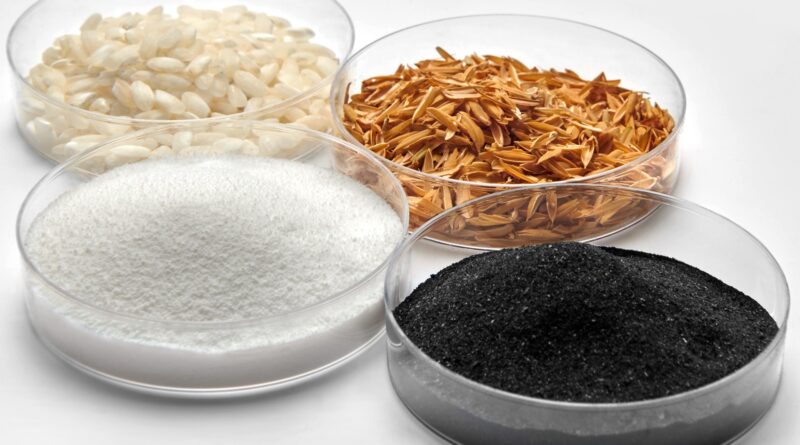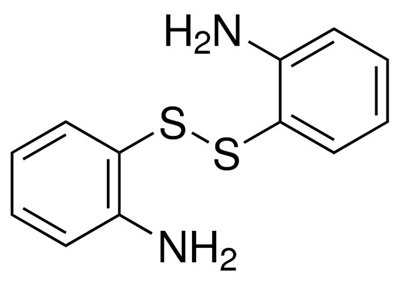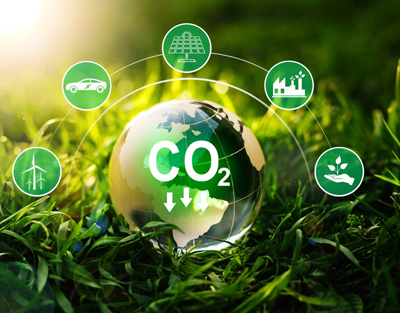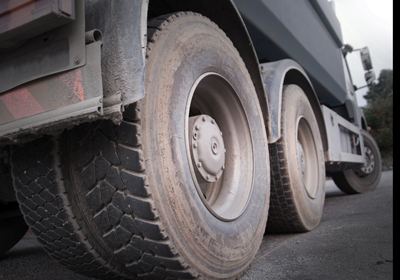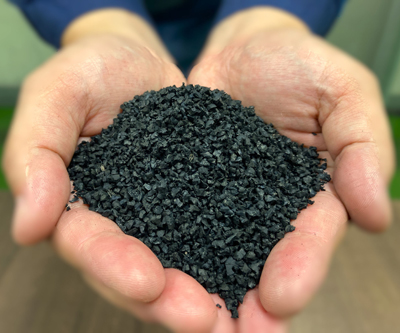Silica in tires has enabled greater safety and sustainability in tires for 30 years
hirty years ago, Continental used silica for the very first time in its tread compounds for car tires. The properties of this filler revolutionized the driving safety and energy efficiency of tires. Rolling resistance has been significantly reduced, and braking distances have since been cut by nearly 50 percent. This was made possible by the special surface properties of silica, which can form chemical bonds with the rubber polymer. During vulcanization – the process in which the tire obtains its shape – silica, as well as other components, is responsible for the formation of a very strong network between the rubber molecules. The result is an elastic tire with excellent safety properties.
Read More
